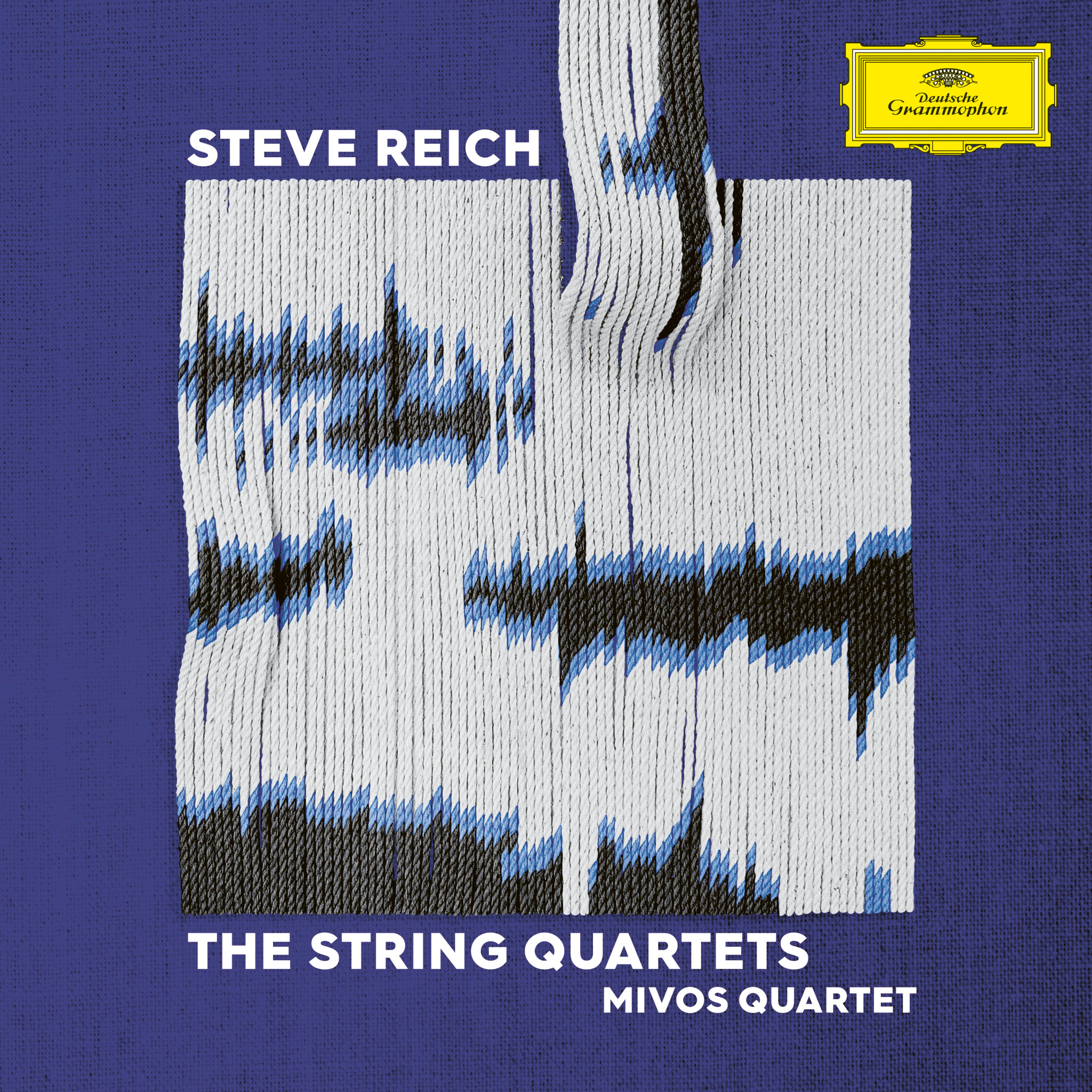Remember Marie Kondō? Just a few years ago, the Japanese "queen of clean" had us purge half of our belongings. Social media influencers were showing off their almost-empty apartments, and even Kim and Kanye adopted the "minimalist" style in their Tadao Andō home. It’s safe to say that the design philosophy of minimalism had taken over the mainstream – but the very idea behind it has also been infiltrating music, arts and culture for a long, long time.
What is minimalism?
Minimalism, very roughly speaking, is the idea that less is more, as architect Mies van der Rohe famously said. But it’s more than just a clever aphorism. It’s about boiling life down to its bare essentials, stripping away all excess and unnecessary attachment. It’s a stylistic movement in art and design, but also a lifestyle choice that some are calling downshifting, or voluntary simplicity. Ever seen these Youtube videos on tiny houses and microstudios? See, that’s a form of minimalism as well.
When looking for the roots of the movement, you can easily find yourself going back to the philosophers of ancient Greece – the Stoics in particular –, India’s Hindu ascetics, and Japan’s Zen Buddhist monks. These ideas have existed for 2,000 years, and they have lately been rediscovered; and with "lately", I mean in the mid-19th century, when writer Henry David Thoreau challenged us to "simplify, simplify, simplify". To clear your mind of unnecessary thought clutter is a spiritual imperative you will find in the writings of people as diverse as Mahatma Gandhi, Erich Fromm, and Eckhart Tolle.
Minimalism in arts and design
In fine arts, minimalism can be traced back to the early 20th century, when Russia’s constructivists chose to reduce their vocabulary to just geometric forms and colours. Dutch painter Piet Mondrian steered clear of ornament and figurative objects as well, creating highly abstract pieces with titles like Composition with Red Blue and Yellow. These artists consciously decided to do without certain elements that had been seen as important features of art objects.
In the 1920s, the Bauhaus school of design, founded by German architect Walter Gropius, explored the interdependence of form and function. After the end of World War II, minimalism spread out further into other disciplines: Just like painters had started painting without motifs, writers wrote plays without protagonists, and John Cage famously created the first musical piece without a single note: The score of 4’33, written in 1952, consists just of a single word: “Tacet”, instructing the performer in Latin to remain silent for four minutes and 33 seconds. Cage, as deeply invested in Zen Buddhism as he was, loved silence even more than music.
The birth of Minimal Music
What we call minimal music today started after Cage, in the early 1960s. Similar to the Russian constructivists, American composers began working with a very reduced sound palette, sometimes just a single melody, or a rhythmic pattern, or a voice recording. In 1965, Steve Reich wrote It’s Gonna Rain, an 18-minute tape loop of a phrase from a preacher’s sermon. A year before that, Terry Riley had created In C, a piece often cited as the first minimalist composition with a larger impact on the general public.
Some of the basic ideas behind Minimal Music centred around repetition of patterns or pulses and the use of hypnotic drones – sustained notes or chords that might include ultra-slow, microtonal shifts. Composers like Reich, Riley, Philip Glass, Michael Nyman, and La Monte Young looked not so much towards the European classical tradition for inspiration, but more towards American free jazz, African polyrhythms, Indonesian gamelan and other traditional forms of ceremonial music.
While the Minimal Music movement of the 1960s and 1970s is often viewed as white-male dominated, this perception neglects the importance of Black, female and queer artists’ voices, for example that of Julius Eastman, a gay Black composer from New York, queer composers Ann Southam and Pauline Oliveros, or French electronic music pioneer Éliane Radigue. In general, the impact of female artists on the development of early electronic music cannot be underestimated, as the 2021 documentary Sisters With Transistors shows.
Electronic music and Minimalism
Inspired by the American minimalists, young European musicians in the 1970s started working outside of the conventional schemes of serious and popular music. You can find that kind of audacity in the "electronic" wing of the 1970s Krautrock movement, with groups like Kraftwerk, Tangerine Dream, or Cluster. Inspired by these groups, Brian Eno created ambient music in the late 1970s; in turn some Japanese musicians who were inspired by Eno’s works invented the concept of Kankyō Ongaku, which can roughly be translated to "environmental music" or "furniture music".
In the 1980s, another generation of young Black American music producers from Detroit and Chicago set out to discover a new musical language with drum machines and samplers, creating techno and house, laying the foundation for modern electronic dance music. While they probably weren’t even aware of Minimal Music, at least not at an academic level, the idea of minimalism had infiltrated arts and society widely at this point.
Some of the Detroit pioneers then created minimal techno as a subset of techno music; in 1994, Robert Hood wrote his programmatic album Minimal Nation, a sequence of monotone, loop-based tracks with a constant four-to-the-floor bass drum, no vocals, and minimal melodic elements. Berlin’s Basic Channel production duo, consisting of Mark Ernestus and Moritz von Oswald, had experimented with a similar, but more dub-influenced aesthetic at that point. That style of electronic music developed further and morphed over the last 30 years, with other subgenres like minimal house (or microhouse) appearing on the musical map in the new millennium.
Minimalism in neoclassical music
Many artist-composers of the 2000s and 2010s felt inspired by minimalism, ambient and electronic (dance) music, further blurring the lines between serious and popular music. The genre of neoclassical or post-classical music is heavily influenced by the idea of minimalism as a whole. Ludovico Einaudi, widely considered as one of the most important figures of the genre, could even be regarded as a minimalist composer in the tradition of Reich, Glass, and Riley. Many neoclassical piano pieces are based on the repetition of simple arpeggios; other popular works incorporate tape loops, drones, and more experimental practices.
Discover more: 7 Albums That Defined Neoclassical
After fifty-plus years of infiltrating arts and culture, minimalism is widely associated with simple elegance and clarity. That idea can be applied to design, fine arts, architecture, writing, music, religion and philosophy. In contemporary music, it even seems as if the original philosophies behind Minimalism come back in style – some composers openly embrace ideas of sustainability and political ideas of degrowth. While our lives have been getting more complex over the last 150 years, minimalism seems to present an answer, even a countercultural movement.
Minimalism is not a purely formal practice; it can be a powerful, even life-changing idea, so it’s not a surprise that it has persisted to influence human culture over the last 2,000 years, and it’s as popular as never before. In an overly technological world dominated by digital media and artificial intelligence, consciously choosing simplicity can lead to an improvement of our mental and physical health, balancing out the increasing complexity of our daily lives. It might even become much more important as an alternative idea to guide our future.
by Stephan Kunze


